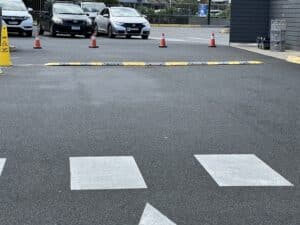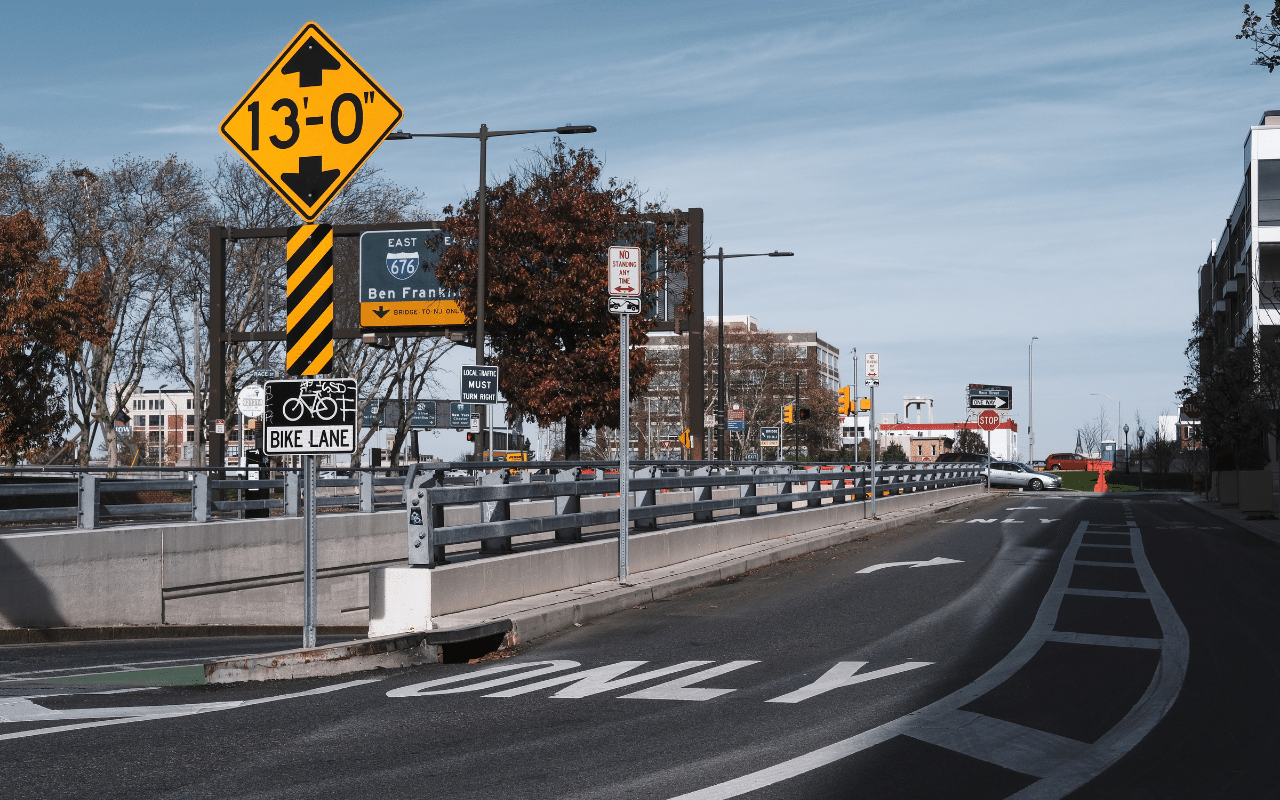

Markings on the roads in Victoria are significant for keeping drivers safe and ensuring traffic moves smoothly. They help drivers understand traffic regulations, stay within their lane, and anticipate potential hazards. These markings come in various types, colours, and styles, each with its specific meaning. What do dotted lines on a road sign mean? Let’s explore the different kinds of road signs, their colours, and other essential topics.

Road markings in Victoria are classified into four main types: longitudinal, transverse, unique/special, and regulatory. Each serves a distinct purpose and provides critical information to drivers.
Each marking is essential for keeping traffic in order and lowering the risk of crashes and confusion on the road.

The colours used for road markings convey different meanings and help drivers interpret them quickly. In Victoria, as in most parts of Australia, standard colours ensure consistency and easy identification.
The use of specific colours helps immediately communicate the markings’ intended meaning and provides clarity for drivers and pedestrians alike.

In Australia, road line marking is governed by strict standards to ensure consistency and safety across all states and territories, including Victoria. These standards are outlined in the Australian Standard AS 1742.2 – Manual of Uniform Traffic Control Devices: Part 2 – Traffic control devices for general use.
According to this standard, road markings must be visible under various lighting conditions and weather situations. The marking materials should have reflective properties, making them visible at night or in low-light conditions. Also, the road markings should last for a long time and be able to handle weather and rough use.
Furthermore, the standards ensure that road markings comply with certain dimensions. For example, lane lines must be a specific width and spaced correctly to avoid confusion. This uniformity ensures that all road users, whether driving, cycling, or walking, clearly understand how to behave on the road.
Dotted lines are standard on roads and significant for traffic flow and safety. The most common use for dotted lines is to indicate where overtaking or lane changes are allowed.
In addition to road markings, other features, such as rumble bars and speed humps, are integral to ensuring safe roadways in Victoria. These safety devices are meant to let drivers know when important things happen on the road, like when they need to slow down or get ready for an upcoming crossing.
Rumble Strips can also be used and are often placed at key locations, such as before a sharp curve, a stop sign, or a pedestrian crossing. They create a rumbling sound and vibration when vehicles pass over them, which serves as an auditory and physical reminder to drivers to slow down or be cautious.
Similarly, speed humps are designed to reduce vehicle speeds by physically slowing down traffic. They are typically used in residential areas, school zones, or parking lots where slower speeds are essential for safety. Rumble bars, Rumble Strips and speed humps all work together with road markings to improve the safety of our road networks.
Understanding road markings is crucial for maintaining road safety and ensuring smooth traffic flow in Victoria. Road markings guide drivers, regulate traffic, and communicate essential instructions. By familiarizing themselves with the different types of markings, the meaning behind their colours, and their significance, drivers can confidently navigate the roads.



For 10 years, our focus has been on one thing: to provide one style of product and to do it well.
Our wheel stops, speed humps and rumble bars meet Australian Standards, don’t fade, and we’ve never needed to replace one.

For 10 years, our focus has been on one thing: to provide one style of product and to do it well.
Our wheel stops, speed humps and rumble bars meet Australian Standards, don’t fade, and we’ve never needed to replace one.